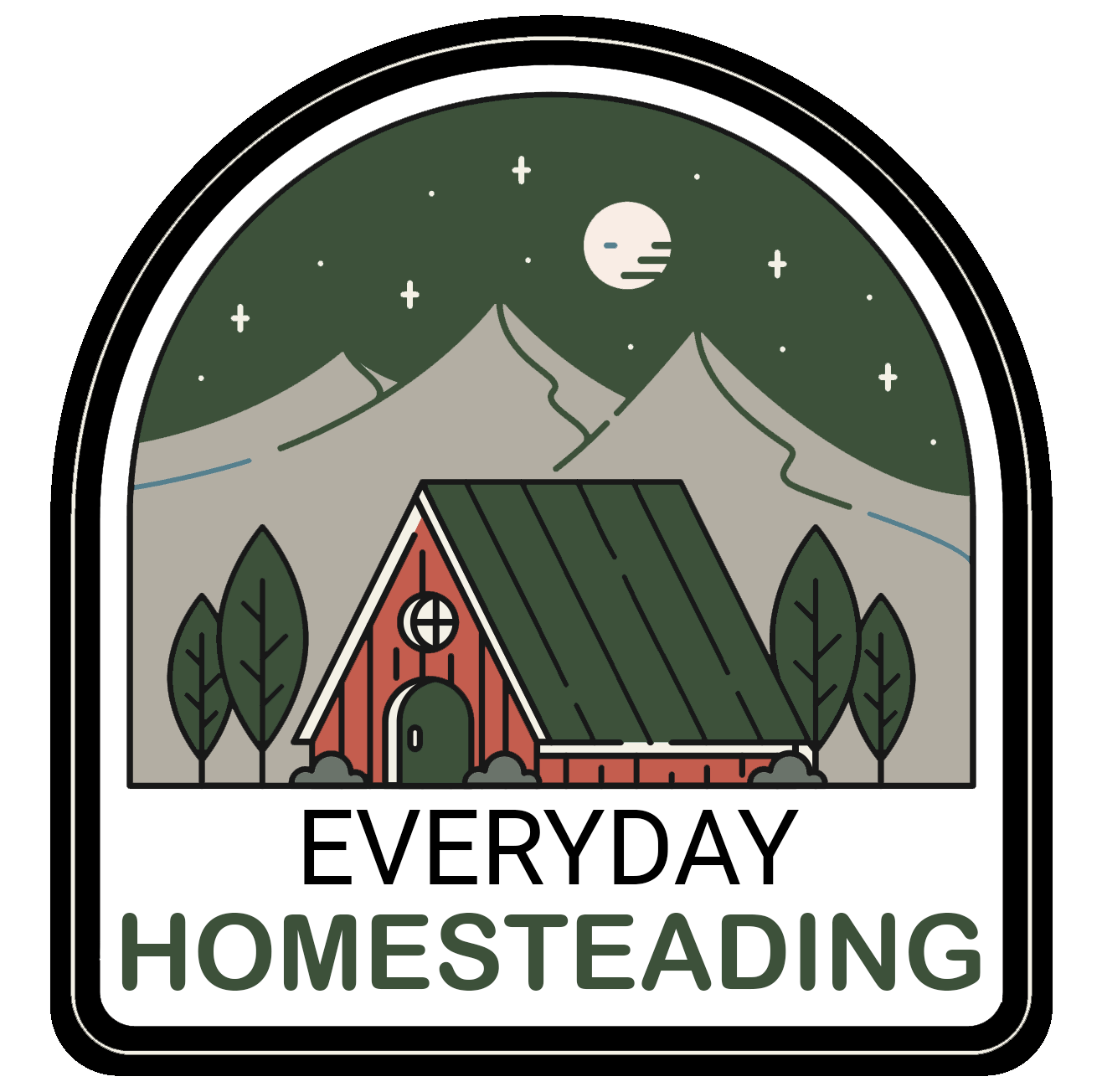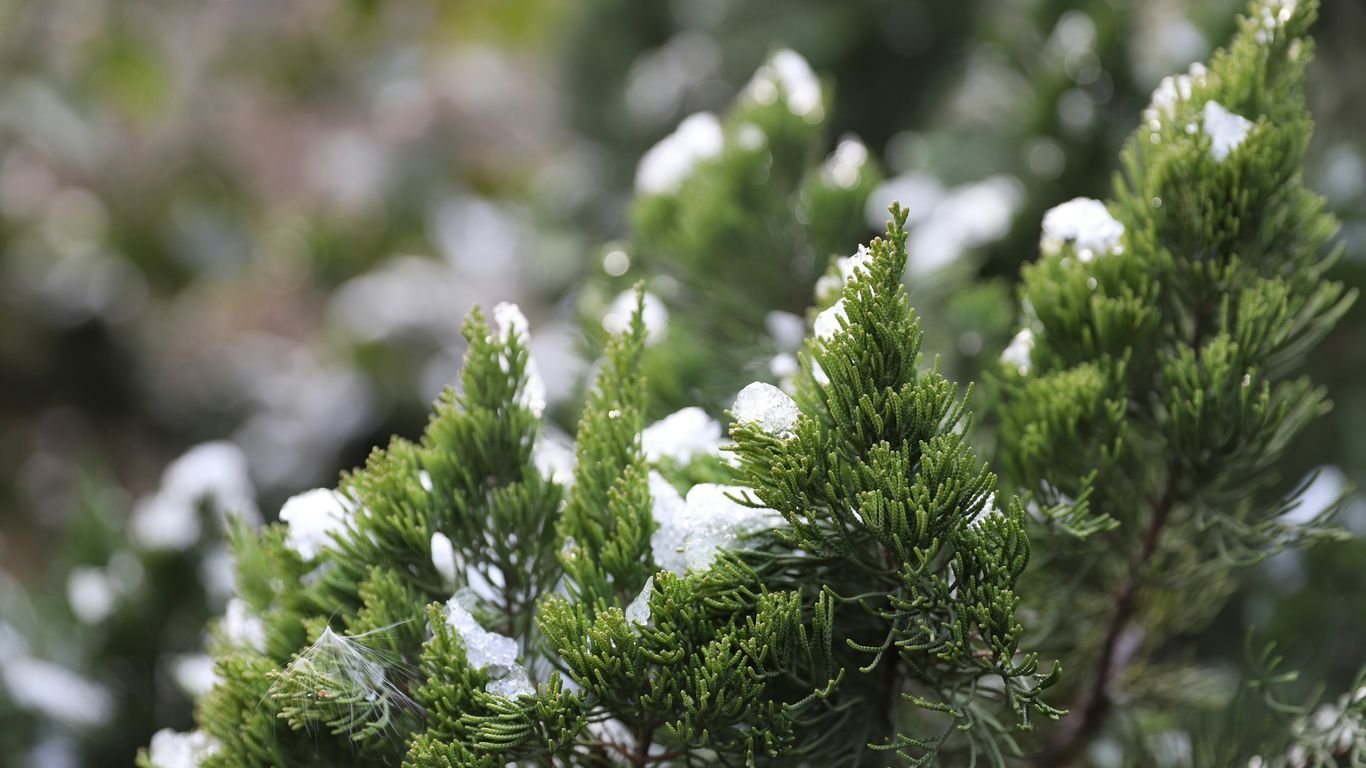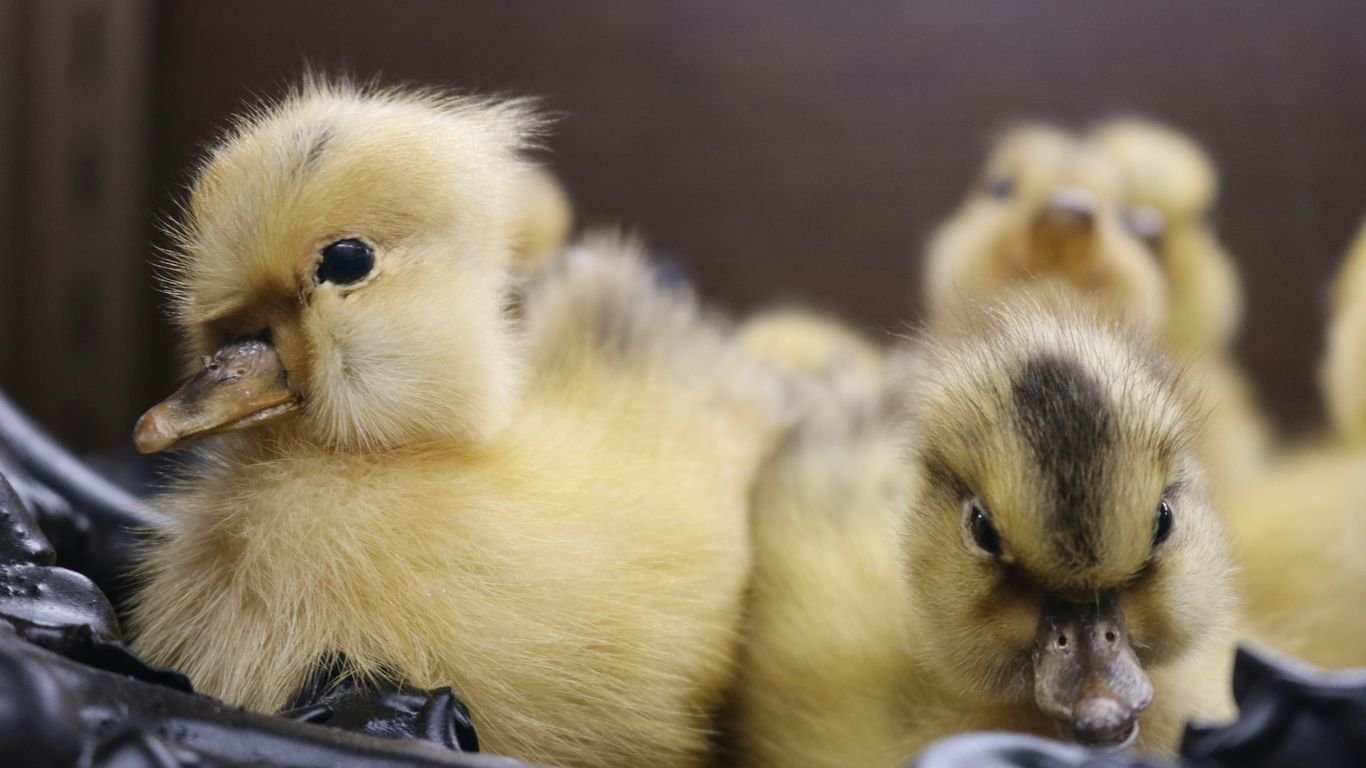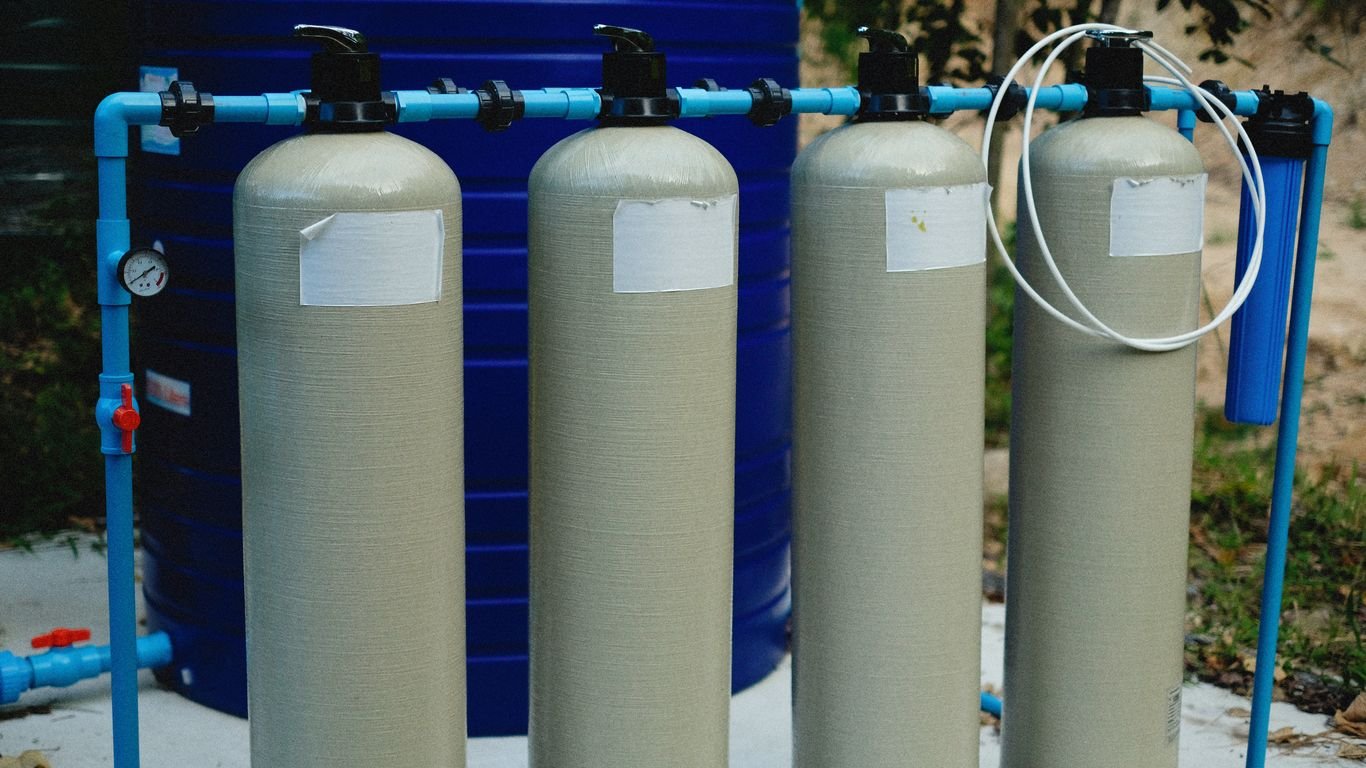Year-Round Canning Calendar: Monthly Guide to Preserving Every Season

We all want to eat well all year, right? Canning is a fantastic way to do that, letting us save the best flavors of each season for later. Think of it like bottling sunshine! Creating a year-round canning calendar helps us make sure we’re preserving what we love when it’s freshest and most abundant. It’s a bit of planning, sure, but it really pays off when you’re enjoying homemade goodness in the middle of winter. We’re going to walk through what to preserve and when, making it simpler to fill your pantry.
Key Takeaways
- Planning your canning year starts with making a list of what you and your family actually eat and enjoy.
- Gathering all your canning supplies, like jars, lids, and equipment, well in advance prevents last-minute stress.
- Following a year-round canning calendar helps you capture produce at its peak freshness, from spring rhubarb to fall apples.
- Safe canning practices are super important; always follow tested recipes and guidelines.
- Enjoying the fruits of your labor is the best part – don’t forget to eat the food you’ve preserved!
Planning Your Year-Round Canning Calendar

Getting started with a year-round canning calendar might seem a bit daunting, but we’re here to break it down. It’s all about thinking ahead and making the most of every season’s bounty. We want to preserve what we love to eat, and that means a little planning goes a long way.
Brainstorming Your Canning Wish List
Before we even think about jars and lids, let’s talk about what we actually want to eat throughout the year. It’s easy to get carried away with all the delicious possibilities – think strawberry jam, apple butter, pickled everything! But it’s smart to be realistic. How much jam can one family really consume? We suggest making a list of your favorites, but also considering what you’ll actually use. Think about staples you buy regularly and see if you can preserve them yourself. This is also a great time to look at what’s in season locally. Using a resource like The Seasonal Food Guide can give you a good idea of what produce is at its peak throughout the year.
Gathering Essential Canning Supplies
Once we have our wish list, it’s time to make sure we have everything we need. Canning requires specific equipment, and it’s much easier to have it all ready before the produce starts piling up. Beyond the obvious jars, lids, and rings, we might need things like pectin for jams, pickling salt, or even extra sugar. It’s also a good idea to check your jars for any chips or cracks, as these can prevent a proper seal. Having a dedicated space to store all these supplies, maybe even inside the canner itself for smaller items, makes the process smoother.
Creating Your Personalized Canning Schedule
With our wish list and supplies in hand, we can start putting together a rough schedule. While nature doesn’t always stick to a strict timetable, having a general idea of when certain fruits and vegetables are available helps immensely. For instance, we know rhubarb and asparagus are early spring stars, while berries and peaches dominate the summer months. Planning around these seasonal peaks means we’re more likely to preserve produce at its freshest and best. It’s also important to remember that plans can change; sometimes a garden yields more or less than expected, or a friend might share their surplus. Flexibility is key!
A well-planned canning calendar isn’t just about preserving food; it’s about extending the enjoyment of fresh flavors throughout the entire year, reducing waste, and building self-sufficiency.
Springtime Canning Adventures

Spring is when we start to feel that familiar itch to get back into the kitchen and preserve. The first tender shoots of the season are exciting, and we love turning them into something special that lasts. It’s a great time to ease back into canning after the winter lull.
Early Spring Rhubarb and Asparagus
As soon as the ground thaws, we’re looking for rhubarb. Its tartness is perfect for sauces and jams, and it’s one of the first things we can reliably in the spring. We also keep an eye out for asparagus. Pickling asparagus is a fantastic way to enjoy its crispness long after the season is over. It’s a simple process, and the result is a tangy treat that’s great on charcuterie boards or as a side dish.
- Rhubarb Sauce: Cook down chopped rhubarb with a little sugar and water until soft. Process in jars for a lovely tart sauce.
- Pickled Asparagus: Use a basic pickle brine (vinegar, water, salt, dill, garlic) and process spears in jars.
We find that starting with these early spring items helps us get back into the rhythm of canning without being overwhelmed. It’s a gentle re-entry into the preserving world.
Late Spring Strawberry Delights
Then come the strawberries! Oh, the strawberries. This is prime time for making jam. We usually aim to make a big batch of strawberry jam because it disappears so quickly in our house. It’s wonderful on toast, scones, or even swirled into yogurt. We also like to experiment with strawberry-rhubarb combinations for a bit of extra zing.
- Strawberry Jam: A classic for a reason. We follow tested recipes to ensure a good set and safe processing.
- Strawberry-Rhubarb Jam: A delightful mix of sweet and tart.
Preparing for Summer’s Bounty
While we’re enjoying the early spring and late spring harvests, we’re also starting to think ahead. We’re checking our seed packets, planning our garden beds, and mentally preparing for the explosion of produce that summer will bring. This is the time to make sure our canning equipment is clean and ready to go, and to stock up on any supplies we might need for the busier months ahead. It’s all about setting ourselves up for success so we can capture all that summer goodness.
- Clean and inspect jars.
- Check lids and rings for damage.
- Purchase extra sugar, pectin, and vinegar if needed.
Summer’s Abundant Harvest Canning

Summer is when our gardens and local markets really explode with flavor, and it’s the prime time for canning. We’re talking about those juicy tomatoes, sweet berries, and crisp cucumbers that just beg to be preserved. It’s a busy season, for sure, but so rewarding!
Jamming with Berries and Peaches
When berries are at their peak, we can’t resist making jam. Strawberry jam in early June is a classic, followed by blueberries and raspberries later in the month and into July. We aim for about 36 jars total for the year, which sounds like a lot, but they disappear quickly, especially as gifts. Underripe fruit actually has more pectin, which helps jams set nicely, so don’t be afraid to pick a little early for your jam-making sessions. Peaches are another summer favorite, usually hitting their stride mid-August. Peach jam or even a simple peach sauce are wonderful ways to capture that sunshine.
Tomatoes: From Sauce to Salsa
Tomatoes are the workhorses of summer canning. We process them into everything from basic crushed tomatoes and smooth sauces to chunky salsas and zesty pickled varieties. August is our big tomato month. It’s a good idea to have a plan for how you want to use them – sauce for pasta, diced for chili, or maybe some pickled jalapeños to add a kick to your meals. Remember, the USDA’s Guide to Home Canning has great information on safe practices for acidic foods like tomatoes.
Pickling Summer’s Zest
Beyond the sweet stuff, summer is perfect for pickling. Cucumbers are a must, of course, leading into September. But don’t stop there! We also pickle green beans and jalapeños in August, and sometimes even onions and garlic. Pickling adds a wonderful tang to meals and is a great way to use up those smaller batches of produce. It’s amazing how a simple jar of pickles can brighten up a winter meal.
Canning outdoors is a game-changer during the hot summer months. It keeps the heat out of the kitchen and makes the whole process much more enjoyable. We set up a separate station, and it really makes a difference when you’re processing large batches of produce.
Here’s a quick look at our summer canning targets:
- Berries (Strawberries, Blueberries, Raspberries): Aim for 12-18 jars of jam/jelly.
- Peaches: 6-10 jars of jam or sauce.
- Tomatoes: 20-30 quarts of sauce/crushed tomatoes, plus several pints of salsa or pickled tomatoes.
- Cucumbers/Other Veggies for Pickling: 10-15 jars.
It might seem like a lot, but spreading it out over the summer months makes it manageable. Plus, having a well-stocked pantry feels incredibly satisfying when the weather turns cold. We find that keeping an inventory of what we’ve canned helps us plan for the following year, ensuring we make enough of what we love and less of what we don’t use as much. You can find some wonderful traditional Southern canning recipes that are perfect for this time of year.
Autumn’s Preserving Efforts
As the leaves start to turn and the air gets a crisp bite, we shift our focus to preserving the bounty of fall. This season brings a different kind of harvest, one that’s hearty and perfect for cozying up with later. We’re talking apples, pears, corn, and those wonderful winter squash.
Apples and Pears for Sauces and Butters
Apples and pears are absolute stars in the fall. We love making big batches of applesauce and pear butter. It’s a great way to use up a lot of fruit at once. Remember, slightly underripe fruit actually has more natural pectin, which is helpful if you’re aiming for a thicker consistency without added thickeners. We usually process a good amount of applesauce to last us through the winter, and pear butter is just divine on toast.
- Applesauce: Aim for 100-150 quarts if you eat it regularly.
- Apple Pie Filling: About 12 quarts for pies.
- Apple Butter: 24 half-pints is a good starting point.
- Spiced Apple Rings: 6 pints for a special treat.
Canning Corn and Fall Vegetables
Corn is another fall favorite. While we often freeze corn, canning it is also a great option, especially for corn relish. We also tackle other fall vegetables like carrots and beets. You can can them, or if you have a good root cellar or cool storage space, you can store them as is. We’ve found that leaving carrots in the ground and harvesting as needed works well for us in our climate.
Don’t forget to check your supplies before the main fall push. Make sure you have enough jars, lids, and bands. It’s also a good time to restock on things like pectin or citric acid if you use them.
Preserving Winter Squash and Pumpkins
Winter squash and pumpkins are fantastic for canning, especially pureed. We often make pumpkin puree to use in pies, muffins, or even soups throughout the colder months. It’s much easier to have this ready to go than to deal with a whole pumpkin later.
Here’s a quick look at what we typically preserve in the fall:
- Apples: Applesauce, pie filling, apple butter.
- Pears: Canned pears, pear butter.
- Corn: Canned corn, corn relish.
- Winter Squash/Pumpkins: Puree for pies and baking.
Winter’s Cozy Canning Projects
Even though the garden might be sleeping, winter is a fantastic time for us to catch up on some cozy canning projects. It’s a great period for planning and preparing for the year ahead, but we also like to use this time to preserve those last bits of seasonal goodness that might not have made it into jars earlier.
Cranberries and Citrus for Winter Treats
When the weather turns cold, we often find ourselves drawn to the bright flavors of cranberries and citrus. These fruits are perfect for making festive jams, jellies, and even marmalades. Think about a tart cranberry sauce to go with holiday meals, or a sweet and tangy orange marmalade to spread on toast during a chilly morning. We find that using a bit of underripe fruit can help boost the natural pectin, making our jams set up nicely without needing extra commercial pectin. It’s a simple trick that really makes a difference in the final texture.
- Cranberry Sauce: A classic for a reason, perfect for holiday dinners.
- Orange Marmalade: Bright and zesty, great for breakfast.
- Citrus Curds: Rich and flavorful, wonderful as a filling or topping.
Root Vegetables for Cold Storage
While we often think of canning, winter is also a time when we might consider other preservation methods for root vegetables. Some root crops, like carrots and parsnips, can actually be stored right in the ground in colder climates, allowing us to harvest them fresh throughout the winter. For those that we do process, canning is a good option for things like beets or potatoes. We’ve found that pickling beets is a simple way to preserve their earthy flavor, and canned potatoes can be a real time-saver for quick meals. It’s all about having a variety of preserved foods ready when we need them.
We aim to preserve what we actually eat. If a certain canned item doesn’t get used up by the end of the year, we make a note to can less of it next season. It’s a continuous learning process.
Planning for the Next Canning Season
Winter is also our prime time for brainstorming and planning for the upcoming canning year. We pull out our recipe books, look at what we enjoyed most from the previous year, and make a list of what we want to grow and preserve next. This is also when we check our supplies – making sure we have enough jars, lids, and any special equipment. It’s a good time to review safe canning practices and maybe even try out a new recipe or two. Getting organized now means we’ll be ready to hit the ground running when spring produce starts to appear. We find that having a plan helps us make the most of our harvest and reduces waste. You can find some great resources for safe canning practices online, like those offered by local agricultural extension.
- Review last year’s canning inventory.
- Create a wishlist of produce to can.
- Check and organize canning supplies.
- Research new recipes and techniques.
Tips for Canning Success

Getting your canning projects off to a good start means being prepared. We’ve learned that having a solid plan and the right mindset makes all the difference. It’s not just about following a recipe; it’s about setting yourself up for a smooth and enjoyable process.
Safe Canning Practices
Safety is really the most important part of canning. We always double-check our equipment and recipes to make sure we’re following tested guidelines. It’s easy to get excited and want to try new things, but sticking to reliable sources for recipes is key. Always use up-to-date, tested recipes from reputable sources like your local agricultural extension office. This helps prevent issues like botulism. After processing, we make sure to check the seals on our jars. A good seal means the food is preserved properly and safely. We look for that little pop sound when opening, or check that the lid is still slightly indented. If a lid isn’t sealed, we refrigerate the contents and use them quickly.
Organizing Your Canning Supplies
Having a designated spot for your canning gear makes a huge difference. We store our canners, jars, lids, and rings in one place. Jars can be stored inside the canner itself to save space. For smaller items like lids and rings, we keep them in bins. It’s also helpful to have shallow shelves for your canned goods; this way, nothing gets lost in the back. Keeping an inventory of what you’ve canned is also a good idea. It helps you see what you have and plan for the next season. We jot down what we’ve preserved, which is super motivating when we look back at the end of the year and see how much we accomplished. It also helps us know if we need to adjust quantities for next year.
Enjoying Your Preserved Foods
This might sound obvious, but we try to remember to actually eat the food we’ve preserved! Sometimes, things get pushed to the back of the pantry. If we find something that nobody in the family really likes, we deal with it right away – maybe compost it or give it to neighbors. It’s better than letting it sit there and eventually having to throw the whole jar away. We also make a note to ourselves: "Never again!" for those unpopular recipes. Remember, the goal is to enjoy the fruits (and vegetables!) of your labor throughout the year. Planning what you’ll use your preserved goods for, like making a big batch of tomato sauce for pasta night, can help ensure you don’t forget about them.
Wrapping Up Our Canning Year
So there we have it, a whole year of preserving! It might seem like a lot at first, but when you break it down month by month, it’s totally doable. We’ve learned that canning isn’t just about stocking up your pantry; it’s about really connecting with the seasons and enjoying the best of what nature gives us, even when it’s cold outside. Remember to be flexible, keep notes on what works for your family, and most importantly, enjoy the fruits (and veggies!) of your labor. Happy canning, everyone!
Frequently Asked Questions
How do we know what produce is in season each month?
We start by looking at a general seasonal chart, then we adjust it based on our local weather and when things actually grow around here. It’s like a roadmap, but we always check the actual weather to be sure!
What kind of fruits and veggies can we find in the winter?
During the colder months, we look for hearty items like squash, Brussels sprouts, and sweet potatoes. Plus, we get to enjoy all the wonderful citrus fruits that are in season then.
Where’s the best place to get local, seasonal produce if we don’t grow it ourselves?
We love checking out local farmers and gardeners, joining Community Supported Agriculture (CSA) programs, and visiting farmers’ markets. It’s a great way to support our neighbors and get the freshest food.
Why is it important for us to eat foods that are in season?
Eating with the seasons means we get to enjoy produce when it tastes the absolute best and is super fresh. It also helps out local farmers and is kinder to our planet.
What are some good ways we can preserve the seasonal foods we get?
We have lots of options! We can preserve food by canning, drying it out, fermenting it, freezing it, or even freeze-drying it. There are many cool methods to explore.
Can we still enjoy fruits and veggies even when they’re not in season?
Absolutely! That’s the magic of preserving. By canning, freezing, or drying, we can save those delicious seasonal flavors and enjoy them all year long, even when they’re out of season.






